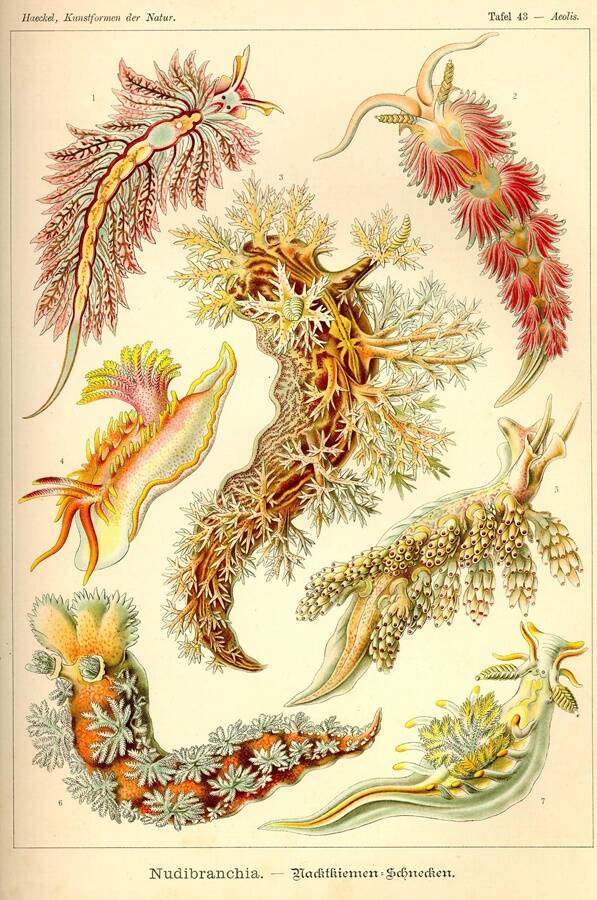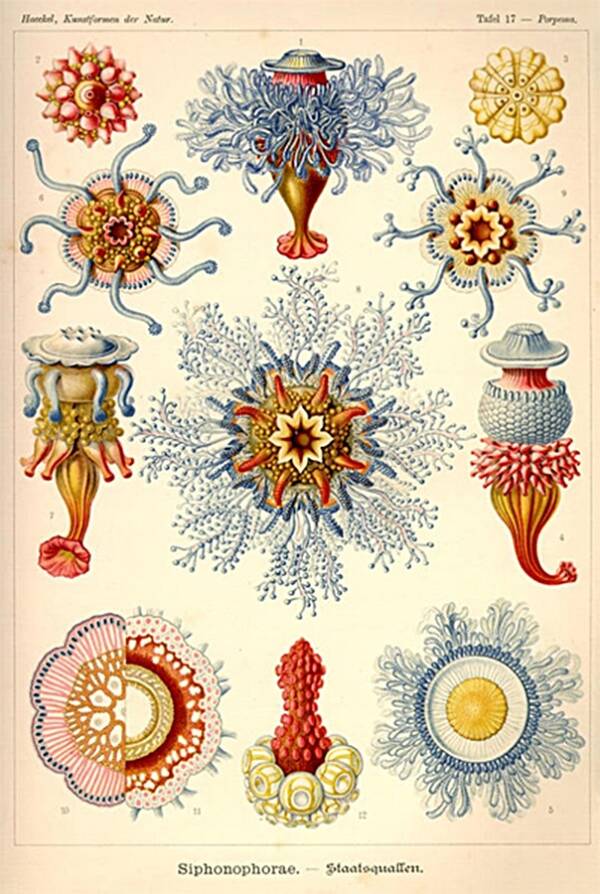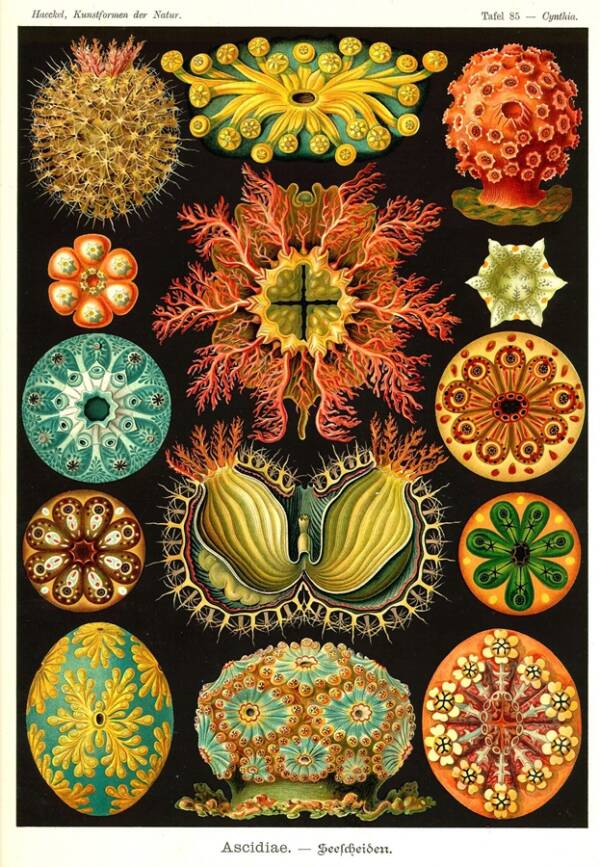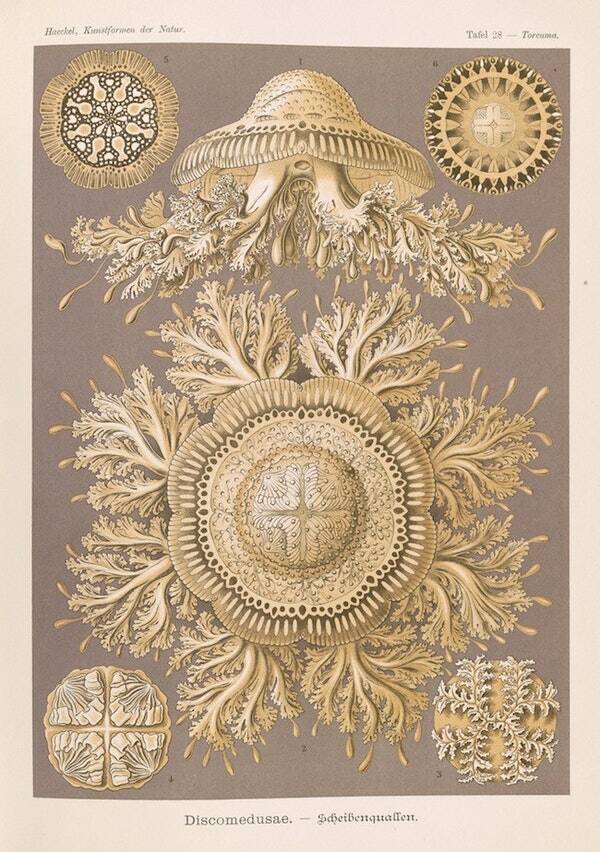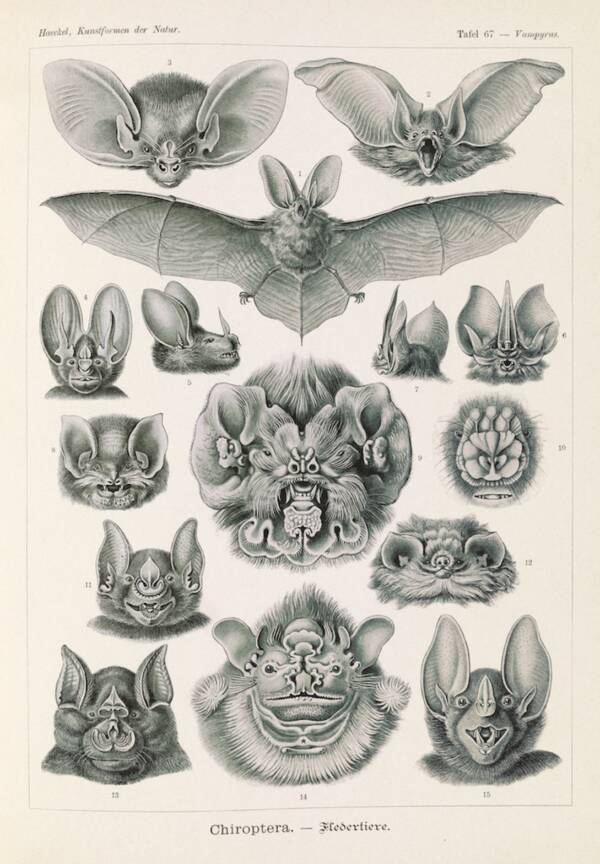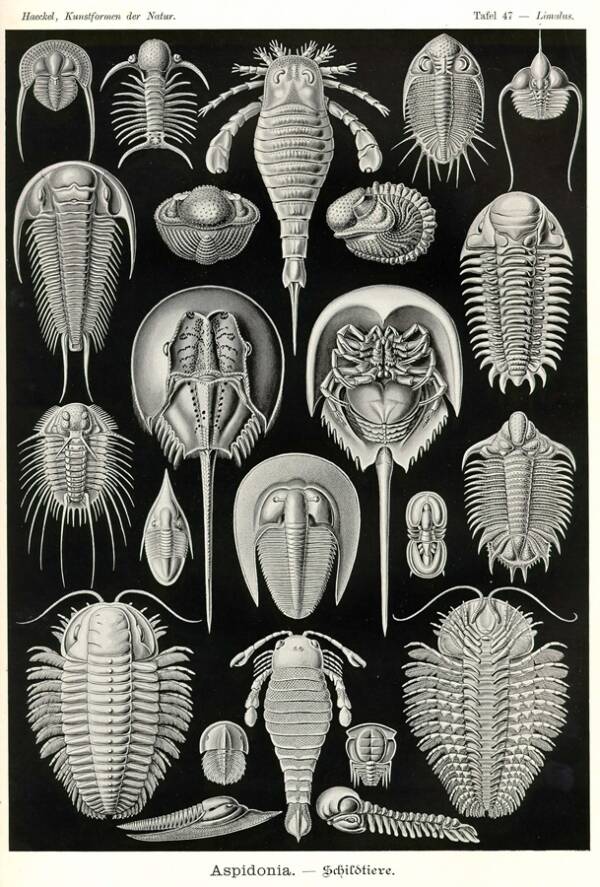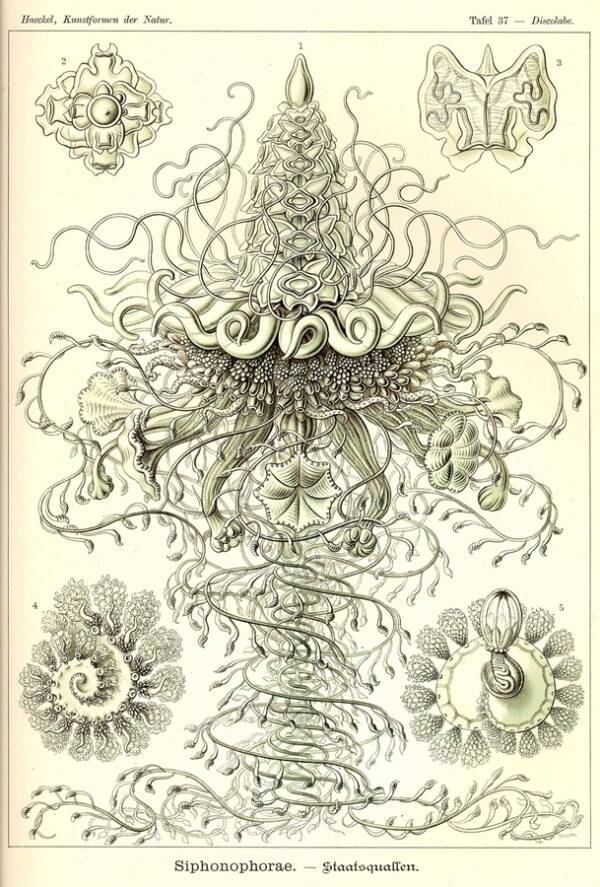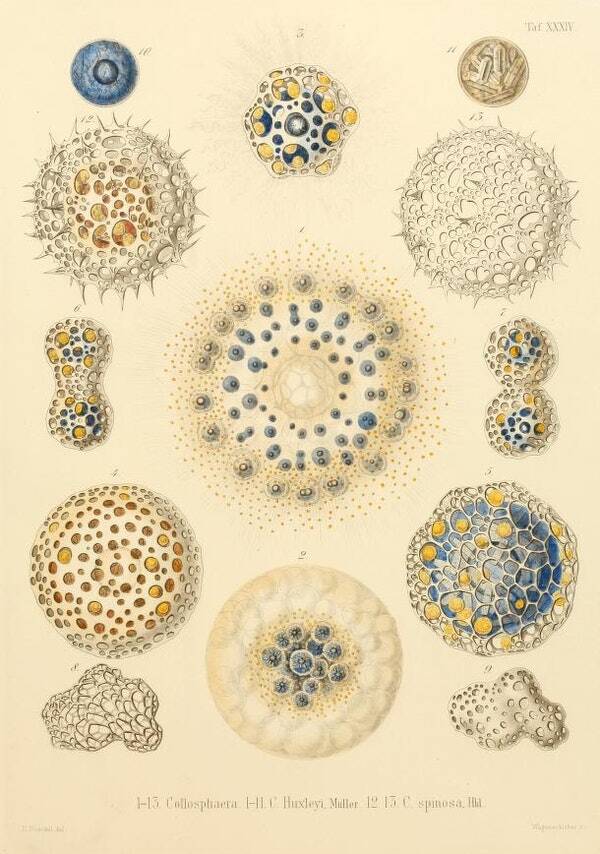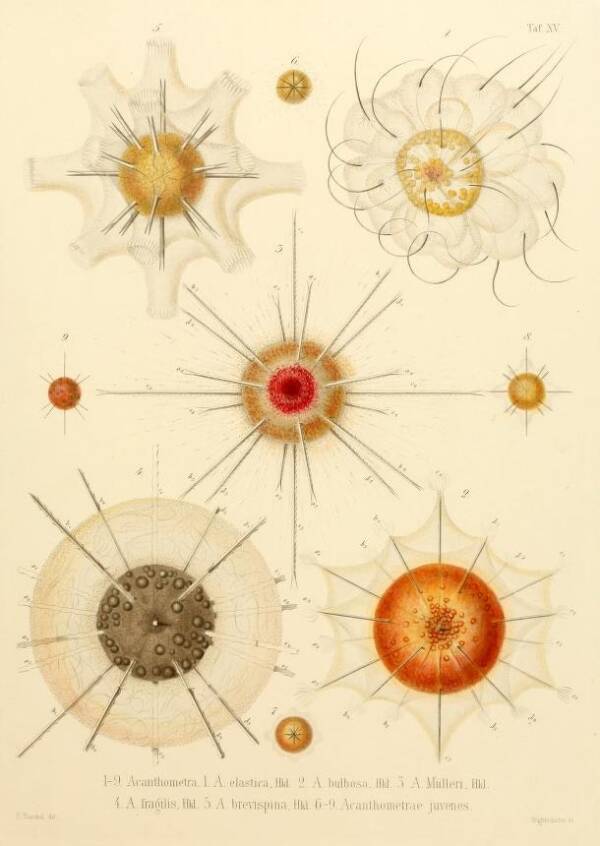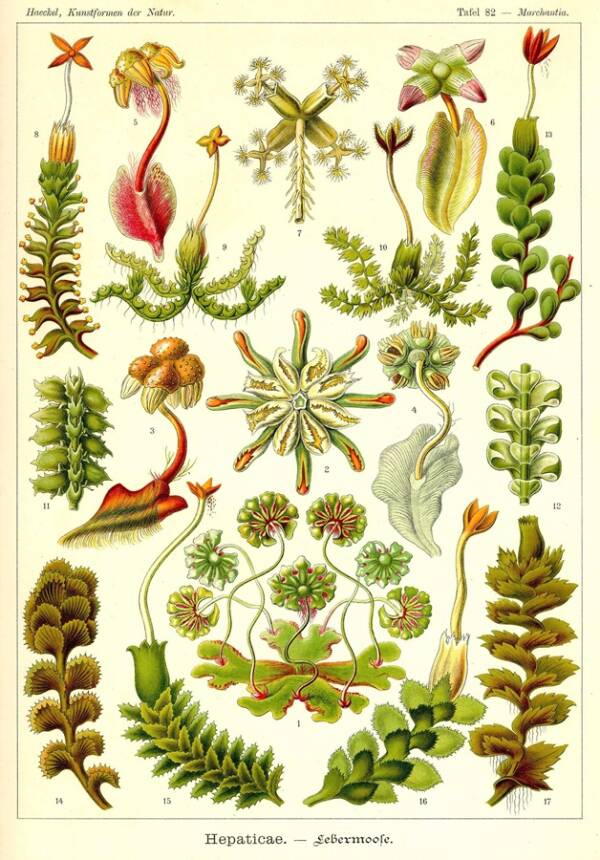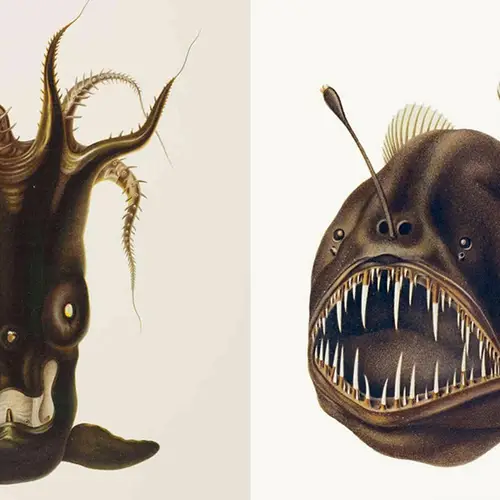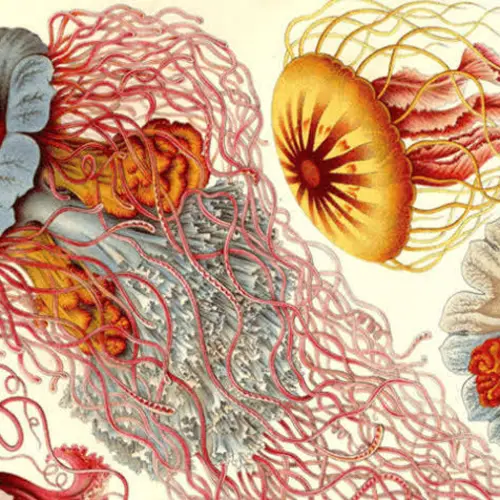Before there were cameras, German biologist Ernst Haeckel's vibrant scientific illustrations illuminated newly-discovered species — but his writings inspired the Nazis.

Public DomainErnst Haeckel’s art became famous for his identification and detailed portrayals of scientific specimens.
Ernst Haeckel was a German biologist, naturalist, and artist who pioneered the practice of using artistic illustrations to capture the likenesses of animals in the wild during the 19th century.
Ernst Haeckel’s art became very popular as it paired colorful lithographs with information about these scientific marvels of nature. Some of his finest scientific artworks appear in the gallery below.
However, it’s worth noting that Haeckel’s scientific legacy is also tainted by his horrific views on race, which filled his teachings and laid the early foundations for Nazism. Yet despite his ugly beliefs, his beautiful work continues to inspire scientists and artists alike.
Who Was Ernst Haeckel?
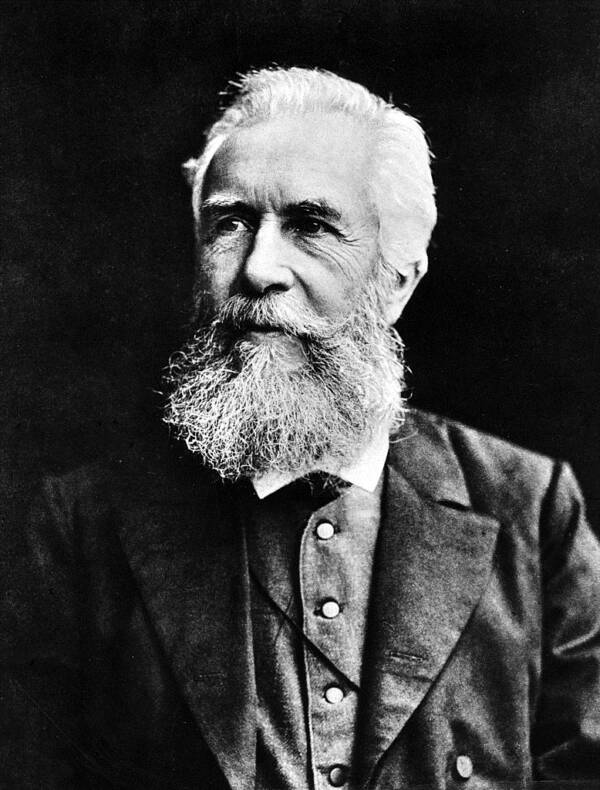
Wikimedia CommonsErnst Haeckel’s illustrations set the standard for scientific art, but his writings would inspire the Nazis.
Ernst Haeckel was born in Potsdam, Germany in 1834. He studied medicine at the University of Berlin where he nurtured his love of nature. His professor Johannes Müller, who later chaired the university’s Anatomy and Physiology Department, took young Haeckel on a summer field trip that changed his life.
Haeckel spent this trip observing small sea creatures that inhabited the waters of the North Sea off the coast of Germany’s Heligoland archipelago. The trip evidently left a lasting impression on Haeckel.
Two years after his graduation in 1857, Haeckel left for Italy — Napoli, to be exact. There he found that he had an artistic talent for drawing life-like forms from nature, which he found fascinating. He continued his journey through Italy, drawing and studying animals in the wild.
In Messina, he expanded his studies to examine the intricate structures of microscopic organisms such as radiolarians. He included these protozoa and their complex mineral skeletons in his collection of natural illustrations.
Ernst Haeckel’s artistic talent and scientific ambitions merged, and he became known for his striking illustrations of nature. His reputation meant scientists and institutes frequently commissioned him to document newly uncovered species during the 19th century.
Haeckel named thousands of new species and captured them in his illustrated plates. His contributions fed into a medium that was growing alongside the advent of modern science. Illustrations were the only way scientists could document their findings, as it would be years before photography would become widespread.
As one of the most popular naturalists of the time, Ernst Haeckel’s work was well-known. He idolized Charles Darwin and Alexander von Humboldt, both European naturalists before him. Their work heavily influenced the field of science and Haeckel’s own philosophies.
Haeckel’s Illustrations Merge Art And Science
Ernst Haeckel's art featuring newly discovered animals from the wild and eye-catching details made waves. Though his drawings showcased various wildlife, his interest was primarily sea creatures of the Radiata group. The classification is no longer valid but it included species such as jellyfish and starfish.
His drawings were sometimes done with just a hint of color. But he created much of his scientific artwork in the vibrant shades of nature. His colorful illustrations mesmerized people and cemented him as one of the most popular naturalists of the time.
In 1864, he sent his idol Charles Darwin two volumes of his radiolarian illustrations. The striking white on black illustrations impressed Darwin. He wrote back to Haeckel saying, "[They] were the most magnificent works which I have ever seen, and I am proud to possess a copy from the author."
Ernst Haeckel's art was so popular that experts named his 1868 book Natürliche Schöpfungsgeschichte or The History of Creation: Or the Development of the Earth and its Inhabitants by the Action of Natural Causes the definitive resource of information on evolution before World War I. Records estimate that he published 59 scientific illustrations between 1860 and 1862 alone.
Ernst Haeckel's most appreciated work, however, is likely his multi-volume series Kunstformen Der Natur otherwise translated as Artforms in Nature which was first published in 1904. This impressive body of work detailed drawings of various living organisms and gave descriptive notes about each species.
As a scientist, Ernst Haeckel's appreciation for nature largely stemmed from the Western perspective of the vast unknown. That mindset grew his eagerness for exploration and adventure to places beyond Europe.
Travel Influences Ernst Haeckel's Art

Public DomainVarious Tetracoralla or coral specimens drawn by Ernst Haeckel.
It's no surprise that his favorite book as a child was Robinson Crusoe, the classic 1719 novel by Daniel Defoe. The book tells the story of a castaway who spends 28 years on a remote island in the Caribbean, living off the land and defending himself from pirates and cannibals.
The Southeast Asian region remained uncharted territory for many Western explorers. Neither Charles Darwin nor Alexander Von Humboldt ever made it there. Haeckel wrote about his 1881 trip to the tropics in A Visit to Ceylon.
"Often I have fancied myself in some beautiful wild spot with tall trees on all sides, wreathed and overgrown with creepers," he wrote. "But a hut shrouded under the branches of a bread-fruit-tree, a dog or a pig trotting out of the brushwood, children at play and hiding under the caladium leaves, have betrayed the fact that I was in a native (Sinhalese) garden."
The people of Ceylon had developed an advanced horticultural practice with carefully grown gardens known as gewattas. These gardens hosted a rich mix of vines, bushes, and crops, which allowed them to everything from vegetables to spices.
Although he came upon countless animals that bewildered his senses, Ceylon, it turned out, was not the "primeval paradise" the naturalist had envisioned. But the trip left an impact on Ernst Haeckel's art — and also served to reinforce his more insidious beliefs.
Haeckel's Scientific Racism

Wikimedia CommonsErnst Haeckel's (left) views on Darwin's evolutionary theory grew into racial theories and eugenics.
Haeckel was a fan of Darwin's theories of human evolution and natural selection. He was especially interested in Darwinism, the belief that humankind went through a vast evolution on Earth.
But these philosophies also fed a dangerous movement among social Darwinists. Like many others at the time, Haeckel believed that people of different races had biologically different progressions by nature and that the white race naturally sat at the top of the human hierarchy.
This scientific racism laid the foundations for the eugenicists of the 20th century. They argued that "advanced civilizations," code for white populations of the west, reigned superior to the "natural savages," echoing many of Haeckel's so-called scientific ideas.
In his lecture at the Fourth International Zoological Congress at Cambridge in 1898, Ernst Haeckel spoke of the Veddas, the Indigenous populations of Ceylon.
He described them as "Ceylon's dwarf-like Indigenous people" and considered them just one step beyond humanoid apes. Other racist observations during his trip can be found in his subsequent book.
An influential mind of the era, Haeckel continued to espouse racist ideologies using the screed of science. He spread his beliefs through his published works and popular lectures until he died in 1919.
Later, his work regained popularity among national socialists like Adolf Hitler and the Nazis, who used eugenics to justify the mass genocide of Jewish people as well as the sick and the disabled.
It is perhaps challenging to reconcile Ernst Haeckel's art and contributions to early scientific documentation with his ugly views about race. But it is a good reminder that racism can rot even the most brilliant of minds and that scientists should not be treated as infallible authorities of our world.
As is the way of human nature, they, too, are flawed.
Next, check out 77 other fantastical vintage illustrations of the natural world and take a look at 44 mythical creatures that early zoologists believed were real.

